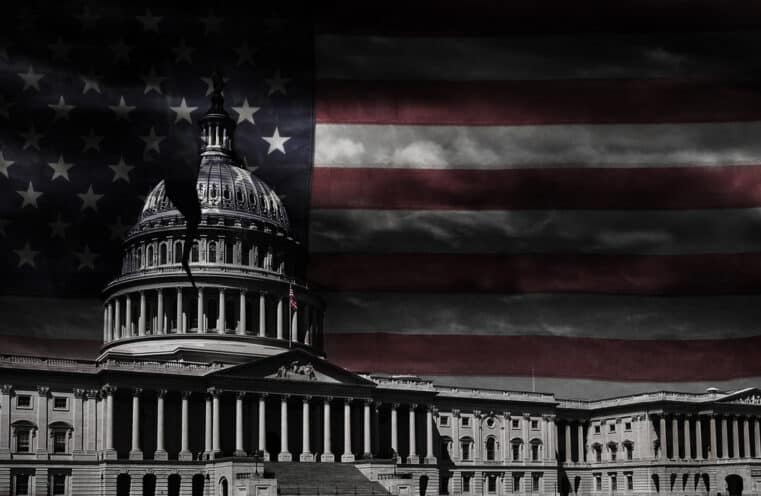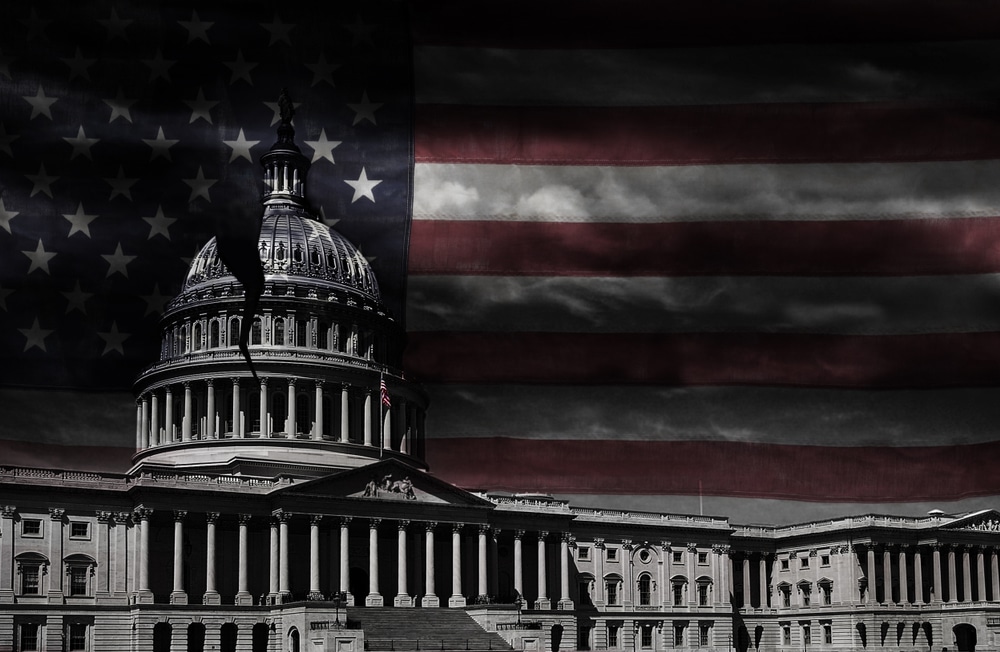
Gold-Backed Loans Proliferate as Indian Banking Crisis Expands
Strange things happen when you entrust an entire system’s operation to an algorithmic model. It becomes vulnerable to variants from “outside” the system--things that weren’t accounted for in the original calculation.
Sometimes these variants can be absorbed by the system; its algorithm adjusted to account for these unexpected events or entities.
But sometimes, variants can completely derail the system, dealing a devastating blow to its mode of organization and everything plugged into it.
This is what many banking “elites” don’t quite understand: while quantitative systems tend to assume static conditions, real life is dynamic and much more unstable than anything an algorithmic model can grasp, let alone predict.
And this is what’s currently troubling the Indian banking system--the regulated banks and the shadow lending institutions (the latter, estimated at around $42 Billion).
According to an article in the India Times, banks have based their lending practices on a rating system: “Many banks believed lending to individuals is risk-free given they are better placed with credit scores. “
The assumption was that individuals with good credit scores had adequate income to take on specific levels of debt. As if the scores were sufficient to mitigate credit risk.
What it did not take into account were the two major factors affecting a borrower’s income: the state of the broader economy and its effect on employment.
As the India Times reports, “the recent slowdown and vanishing jobs are upending the belief” that lending based on credit scores presented a “risk-free” opportunity.
Indian banks are bracing for a potential onslaught of massive loan defaults.
To make matters worse, particularly for the small business owners and farmers who rely on loans to fund their operational costs, the credit score rating system also comes with steep punitive consequences--if you default once, chances are you will never be able to secure a bank loan again.
Hence, the demand for unregulated lending institutions.
The problem is that the shadow-banking system isn’t faring any better. Since 2018, many of the largest institutions have ceased to fulfill their own debt obligations.
As a result, credit markets across the country have begun to freeze, rapidly pushing up borrowing costs. Meanwhile, investor confidence in the banking system at large has begun to crumble.
Indian consumers, small business owners, and farmers have begun pawning their gold as collateral for credit.
In an interview with Reuters, Indian farmer Babasaheb Mandlik was forced to pawn his wife’s gold jewelry in order to secure a line of credit to purchase cotton seeds.
"Pawning the jewelry was a difficult decision as my wife likes to wear it at festivals and weddings...I convinced her that we didn't have any other option."
Pawning gold for quick funding has been a long-standing option in India.
But what’s different today is that the demand for loans in exchange for gold as collateral has reached unprecedented levels.
Many of the regulated banks are saddled with their own debt obligations, while unregulated lenders are facing a liquidity crunch.
Given the circumstances, putting up your gold as collateral is the only way to get a bank to issue you a loan.
As a natural consequence to this gold-loan exchange, the price of gold in India had skyrocketed to 38.765 rupees per 10 grams--a record-setting high.
|
"One can obtain a gold loan and walk out of the branch in just thirty minutes,” says Sumit Bali, CEO of IIFL Finance, whose portfolio of gold-backed loans, having increased by 46% year-over-year, now stands at 65.83 Billion rupees--equivalent to $922 Million US dollars. We can draw three lessons from this: First, gold’s “natural” intervention attests to the critical monetary function that it had always played. When the banking system collapses, safety is to be found not in fiat currency but in physical gold. Second, when the banking system undergoes a major crisis, financial instruments find their ultimate backing in gold, not paper. As gold provides a foundation of intrinsic value that needs no further backing. Third, India’s banking crisis can serve as both a model and a warning to other nations that may face a similar catastrophe, particularly in countries (such as the US) where investors have culturally devalued the monetary status that gold occupies. More than just another safe haven during times of economic turmoil, gold is THE foundation upon which real monetary value stands. |











